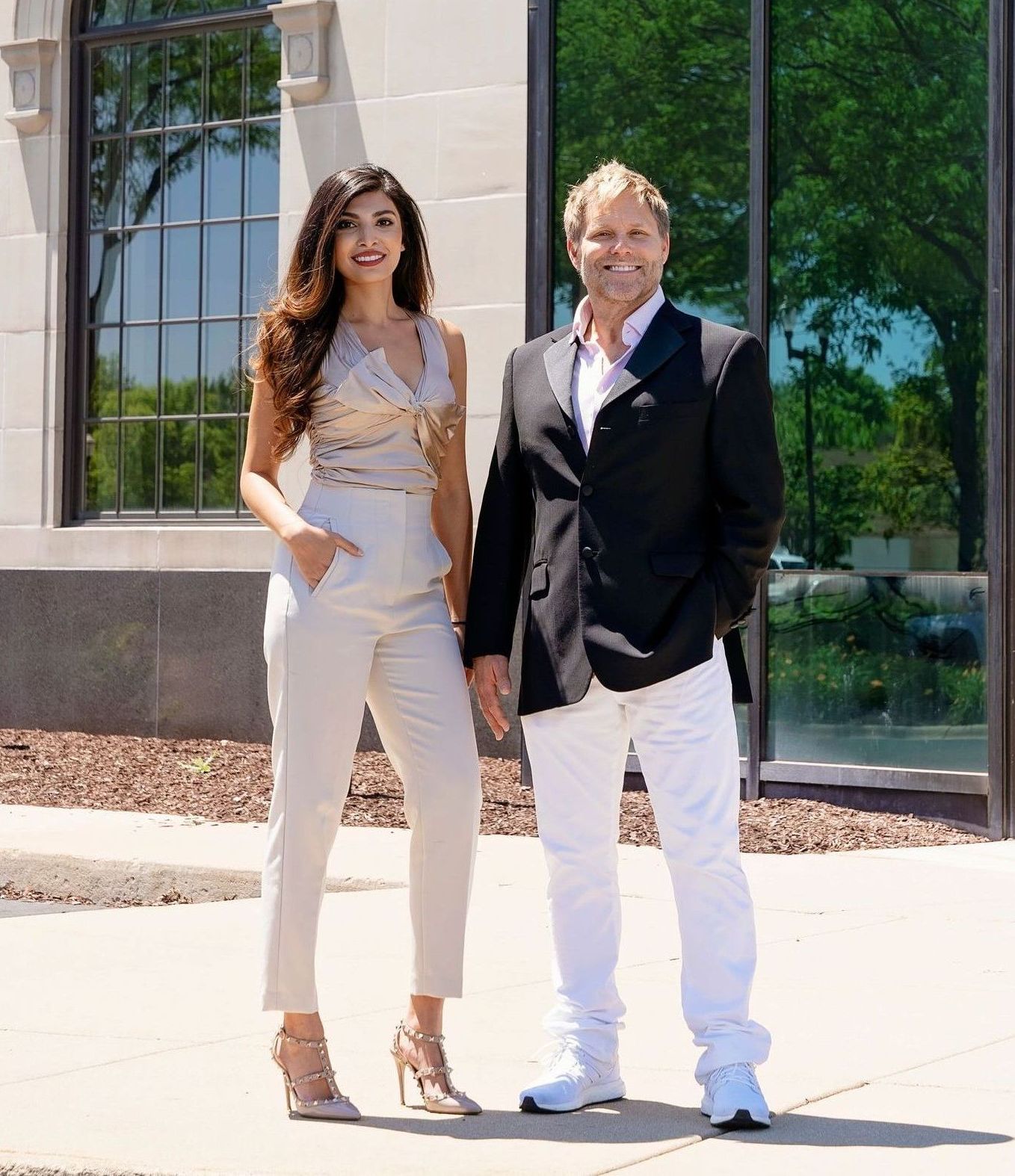Supplemental Procedures
Surgeries are used to enhance your oral health and increase your candidacy for dental implants.
By treating certain oral health issues, our dentists can raise your chances of implant success.
Raising Your Chances of Implant Success!
Dental implants are the most highly recommended method of tooth replacement available to patients seeking to restore missing teeth. Unfortunately, not everyone qualifies for dental implants, often because they’ve lost jawbone density or gum tissue mass due to their tooth loss going untreated for an extended period.
A lack of jawbone density and healthy gum tissue means implants won’t have a stable foundation, which can disqualify you altogether from the optimal restoration method. Luckily, Chapko & Shah Modern Dentistry offers supplemental procedures to help prepare your mouth for implants and increase your chance of successful treatment.
What Are Supplemental Procedures?
Supplemental procedures are surgeries used to enhance your oral health and increase your candidacy for dental implants. By treating certain oral health issues, our dentists can raise your chances of implant success.
We offer three kinds of supplemental procedures:
- gum tissue grafting
- bone grafting
- sinus augmentation
Gum Tissue Grafting
Gum tissue grafting, also called soft tissue grafting or soft tissue augmentation, involves using donor tissue to cover an area of the mouth where gum tissue is lacking. In this case, the area will be the soft tissue around the future implant site. The tissue is sutured to the affected area, where it will integrate naturally.
There are different types of gum grafts that our dentists can perform.
A connective tissue graft involves cutting a small flap into the roof of your mouth, a free gingival graft involves taking tissue directly from the roof of your mouth without making a flap to hide the site of tissue removal, and a pedicle graft involves making a flap in an area where gum tissue is abundant and stretching it to cover an adjacent area where gum tissue is lacking.
Bone Grafting
Bone grafting involves surgically transplanting bone tissue into the jawbone after it has experienced density loss. Loss of jawbone density can result from a lack of stimulation from a natural tooth’s root, a phenomenon called resorption, but it can also be due to health issues such as osteoporosis or dental trauma.
During a bone graft, bone tissue is taken from a compatible source, usually somewhere from your own body, then surgically inserted into the jawbone where the bone density is lacking. The transplanted bone will also help stimulate future bone growth. This means your jawbone will not only be reinforced, but continue to rebuild naturally over time.
Sinus Augmentation
Your sinuses extend beyond the nose to the upper jaw on both sides of your mouth. Unfortunately, if your sinuses sit too low, they may block the placement of implants towards the rear of your jaw.
Sinus augmentation, also called a sinus lift, involves cutting a small hole into the upper jawbone where the missing teeth were. Then, the position of the sinuses in the upper jaw is raised by gently pushing them up.
Finally, the dentist adds a layer of transplanted bone beneath the sinuses so your implants can be successfully installed without piercing them.
Pocket Reduction
Pocket reduction therapy is a surgical procedure used to treat advanced gum disease. Your Belvidere dentist removes bacteria and calculus from the roots of the teeth, reducing the size of the pockets between the teeth and gums. The procedure helps to eliminate the source of infection so gum tissue can heal.









